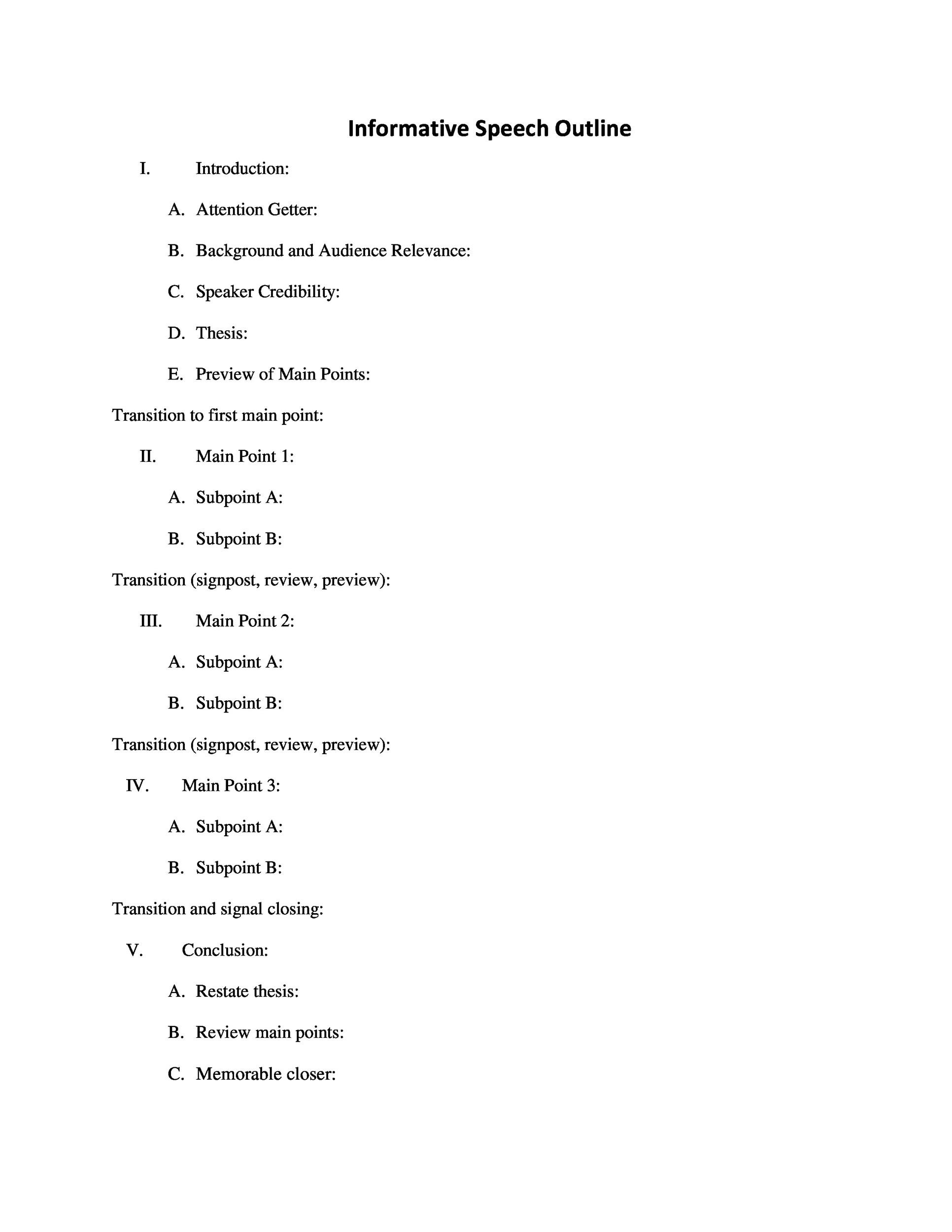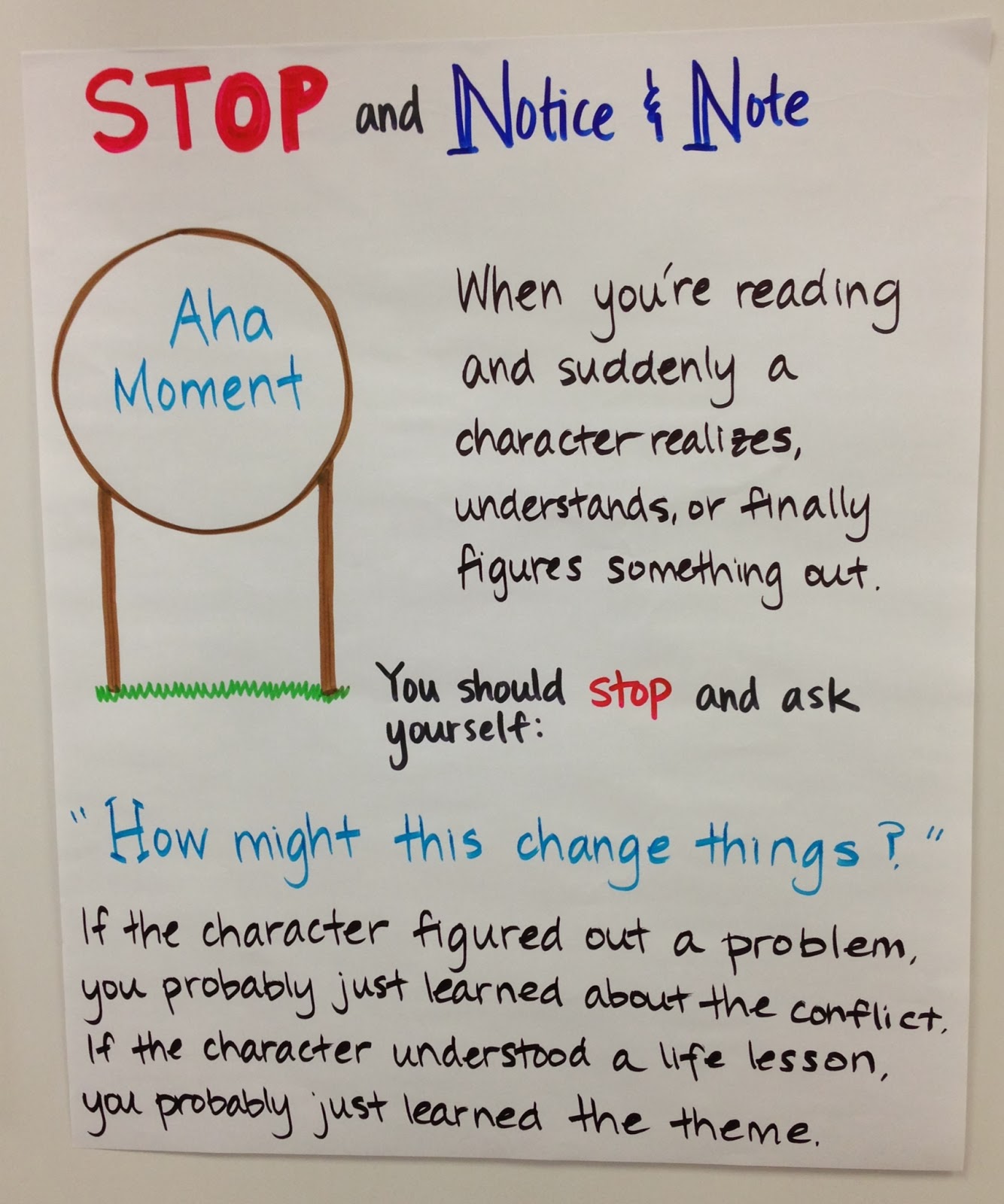

Signposting can be as simple as “First,” “Next,” “Lastly” or using numbers such as “First,” “Second,” Third,” and “Fourth.” Signposts can also be lengthier, but in general signposting is meant to be a brief way to let your audience know where they are in the speech. Signposts emphasize the physical movement through the speech content and let the audience know exactly where they are. “After looking at how the Cherokee Indians of the North Georgia mountain region were politically important until the 1840s and the Trail of Tears, we can compare their experience with that of the Indians of Central Georgia who did not assimilate in the same way as the Cherokee.”Īt a bare minimum your transition is saying, “Now that we have looked at (talked about, etc.) X, let’s look at Y.” For that reason, even if you are tempted to write your introduction first, you should probably wait until the “core” or “body” of your speech is fairly solid in your mind.Ī type of connective that serves as a bridge between disconnected (but related) material in a speech Basically, you cannot write an introduction if you do not know what you are introducing. That information is in a separate chapter and placed later because it is important and needs special emphasis, not because it is unimportant. You will find that information in Chapter 8.

You will notice that we have not addressed the introduction or the conclusion. Some of the examples shown above, such as the one about the chambers of the heart, fall into the “easy-to-follow” category, but others, such as the development of the Civil Rights movement, would be less easy to follow.Īlso at this point, we have worked on the core of the speech: the purpose, the main idea or thesis, and the key main points, also referred to as “Roman numerals” because traditional outline format uses I. In other instances, the process may not be as direct and you will need to think more deeply about the best way to organize your speech and write your central idea.

In writing the specific purpose statement, you might already have a predetermined structure, and if so, the central idea or thesis sentence flows simply from the specific purpose statement and structure. Create connective statements that will help the audience understand the logic and structure of a speech.Īt this point, you may be thinking that preparing for public speaking does not always follow a completely linear process.Construct an outline for an extemporaneous speech.Choose an organizational pattern that is most logical to the speech’s specific purpose.Differentiate the different types of organizational patterns.Explain why organization is necessary and valuable to public speaking.After studying this chapter, the student will be able to:


 0 kommentar(er)
0 kommentar(er)
